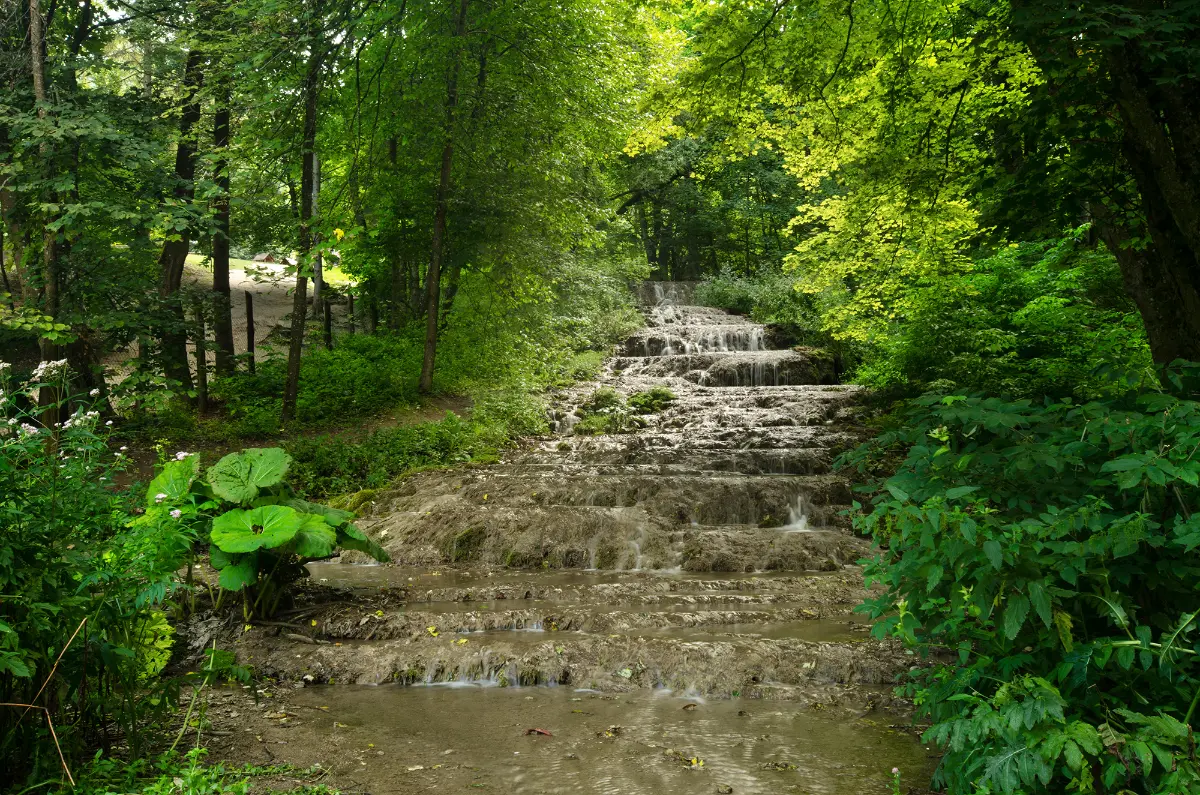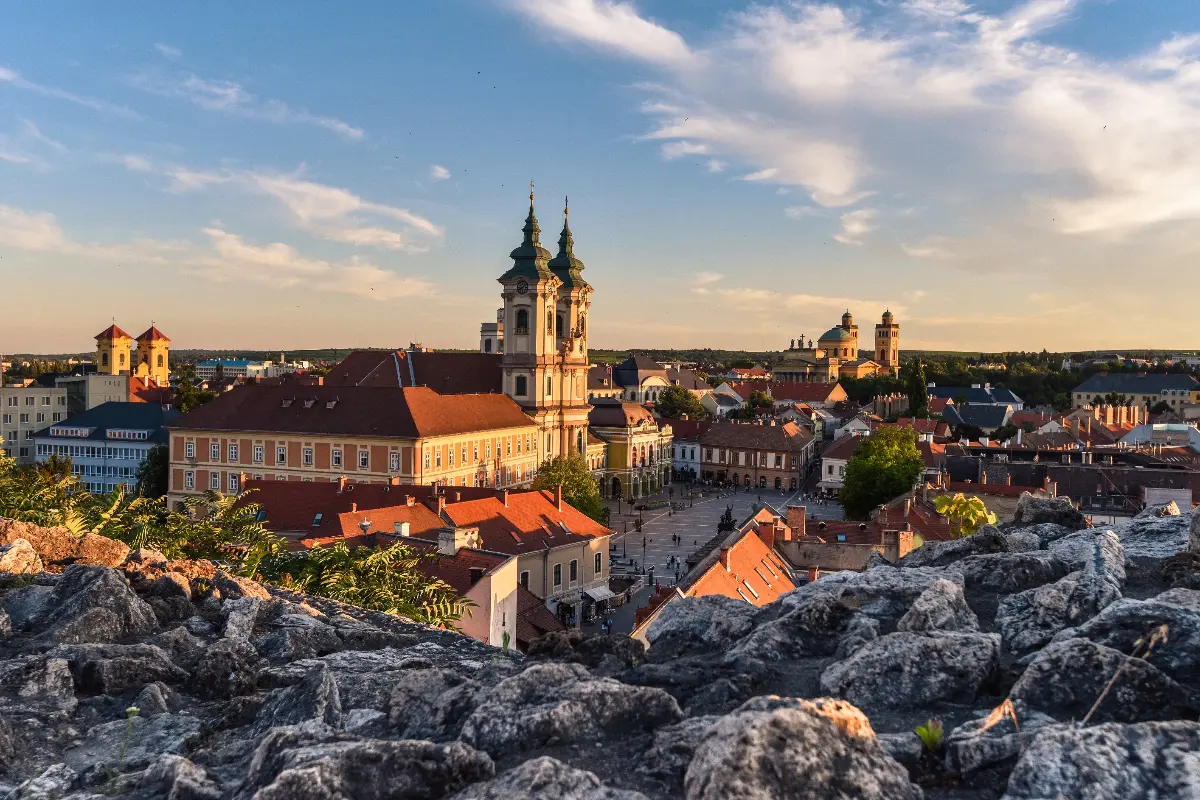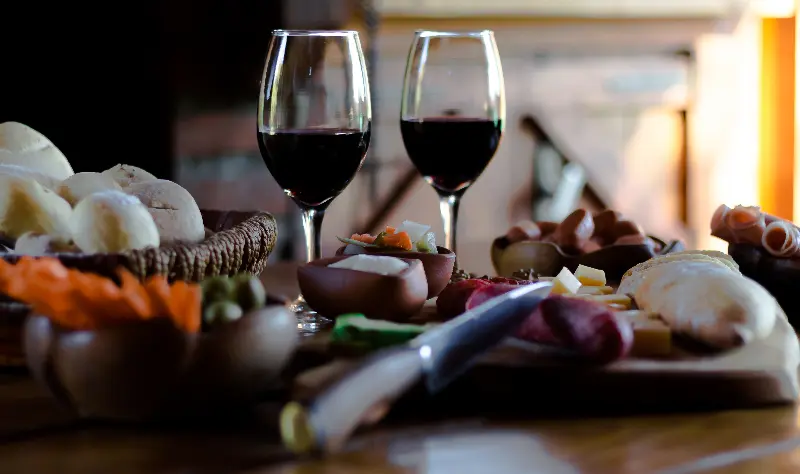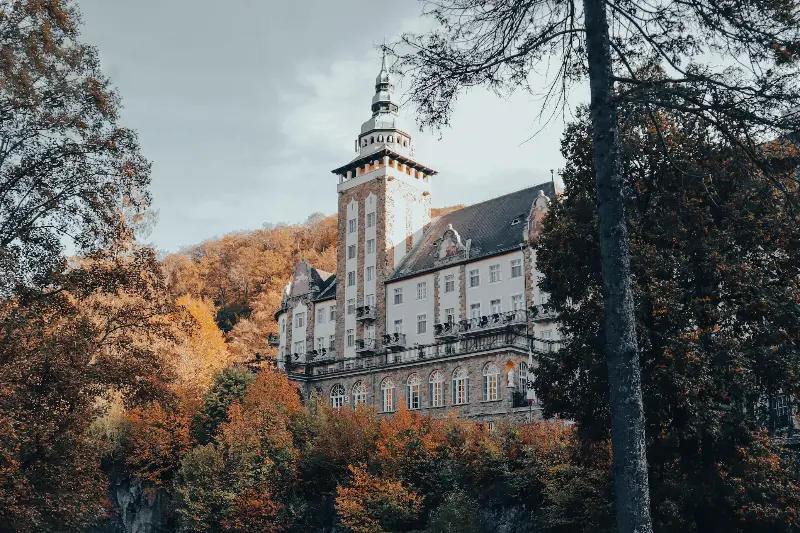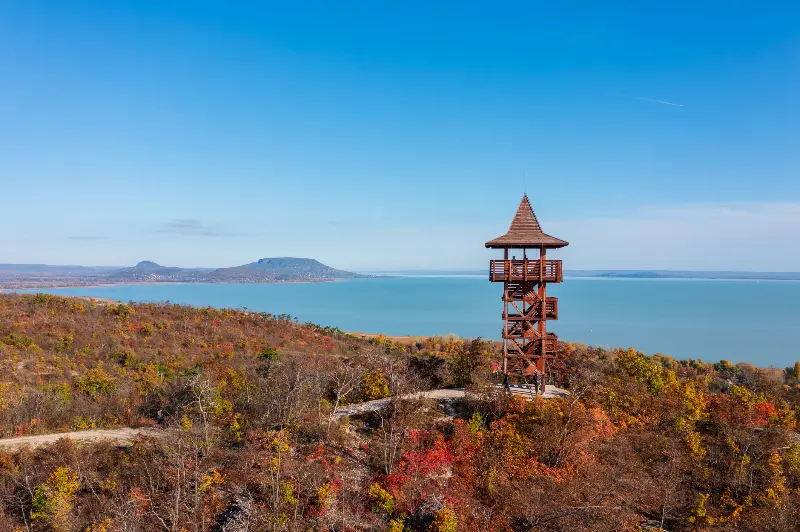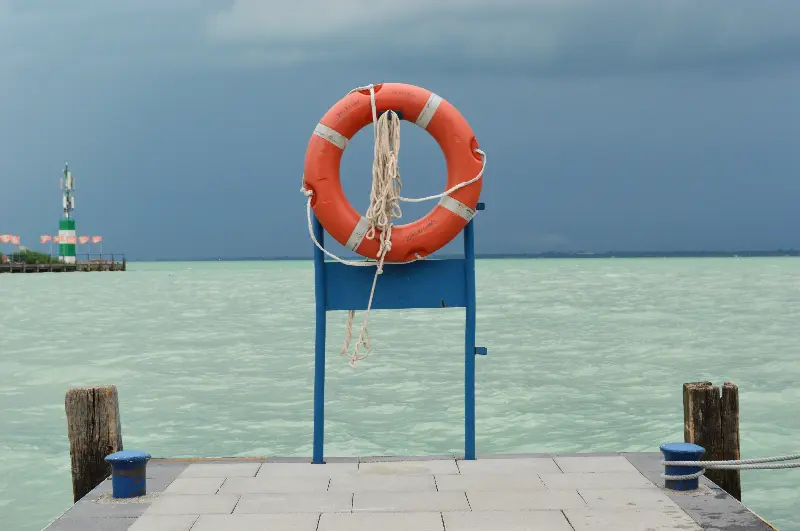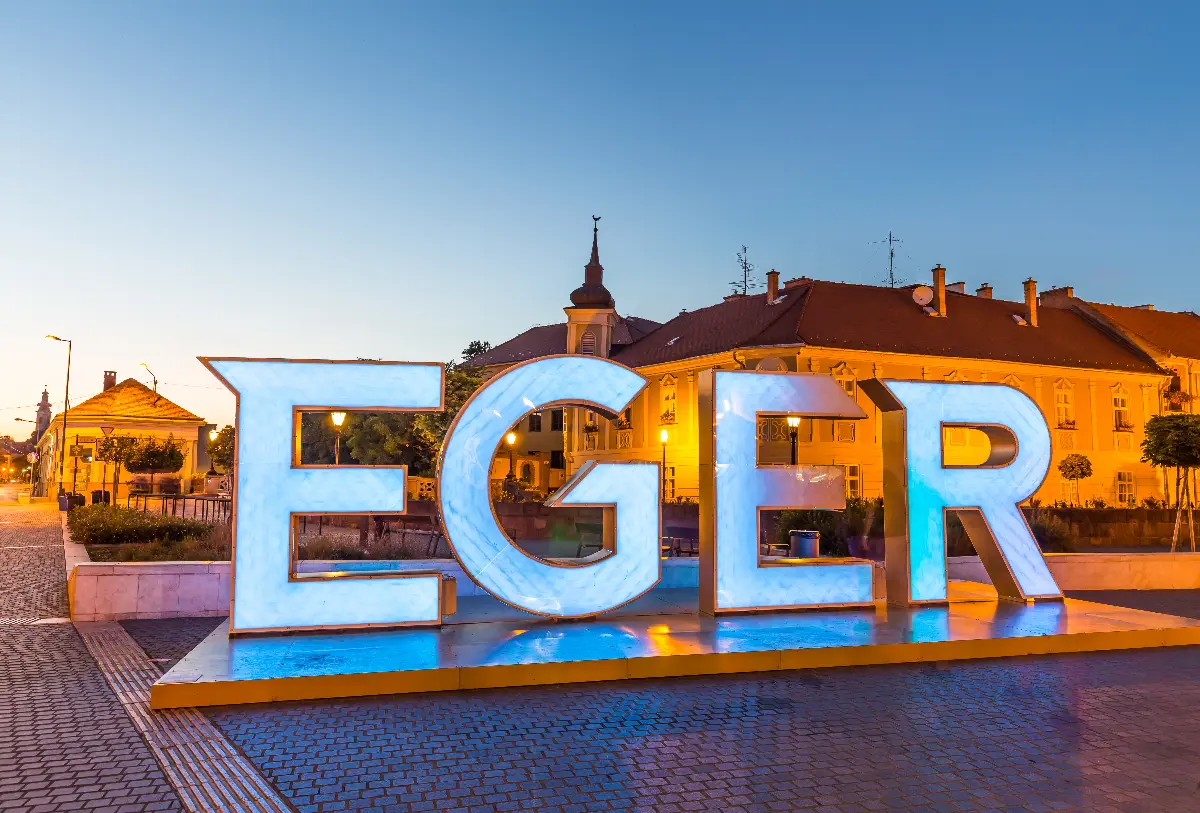
Helyszín címkék:
The town where Hungarian passion resides, and its surroundings, where we return out of passion
Francisck Réka Alíz
More than a million tourists flock to Eger every year (in 2024, the number of guest nights exceeded 608 thousand). Hungarians have taken this town to their hearts mainly because of the glorious historical memories associated with it: the victory of Eger has entered the Hungarian history books in golden letters.According to stories, about 80,000 Turks arrived at Eger on 11 September, 1552. Two thousand residents of Eger, including women and children, faced the proud conquerors from the castle walls. According to a legend, the famous name Bikavér (bull’s blood) is also connected to this battle: the wise captain of Eger, István Dobó, had red wine brought up from the castle cellars to encourage his men. When the Turks saw that the beards and armour of the Hungarian castle defenders were turning red, they thought they were drinking the blood of bulls and thus gaining their strength. This frightened them so much that they gave up the fight after 38 days. In reality, it was more diseases and the approaching cold weather that finally forced the Turks to retreat. The eventful siege was processed by many branches of art, one of the best known being the novel titled “Eclipse of the crescent moon”, which is still being read by generations today. Its author, Géza Gárdonyi, was laid to rest in the castle, and his grave is the destination of many school groups' historical walks.
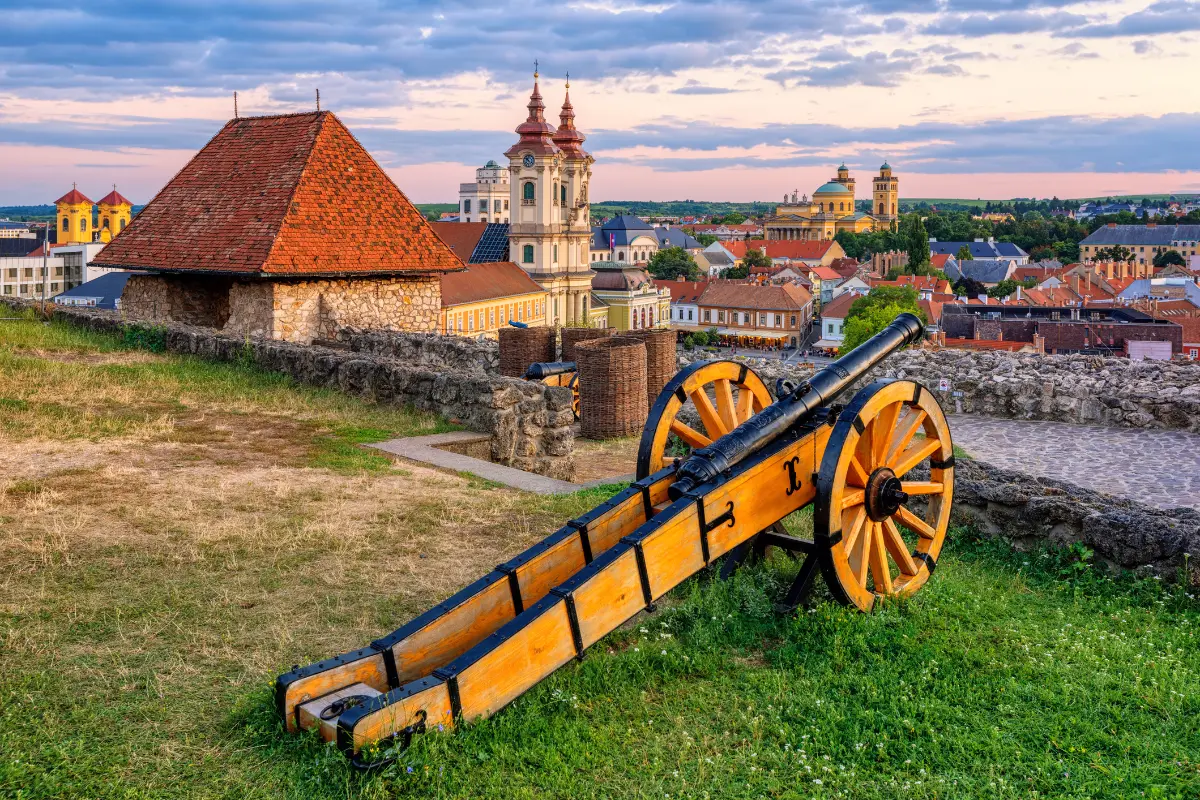
In the Eger Castle, you can also visit the dungeon and the underground casemate system, and you can satisfy your curiosity and thirst for knowledge in the István Dobó Castle Museum. The elegant 1552 Restaurant opened in the Palace Courtyard – here you can also pay tribute to the memory of the great battle, for example by choosing the “Appetizer Winning the Battle of Flavours”, but the “Turkish-Hungarian taste” is also a great favourite of visitors. Right at the gate of Eger Castle, you will find the Michelin Bib Gourmand-rated Macok Bistro, where traditional seasonal dishes reminiscent of old flavours are served, but with a slightly reimagined appearance. If you would like to have a snack at ease, it is worth trying the tasting menu featuring the flavours of the region, and then you can take a relaxing walk!
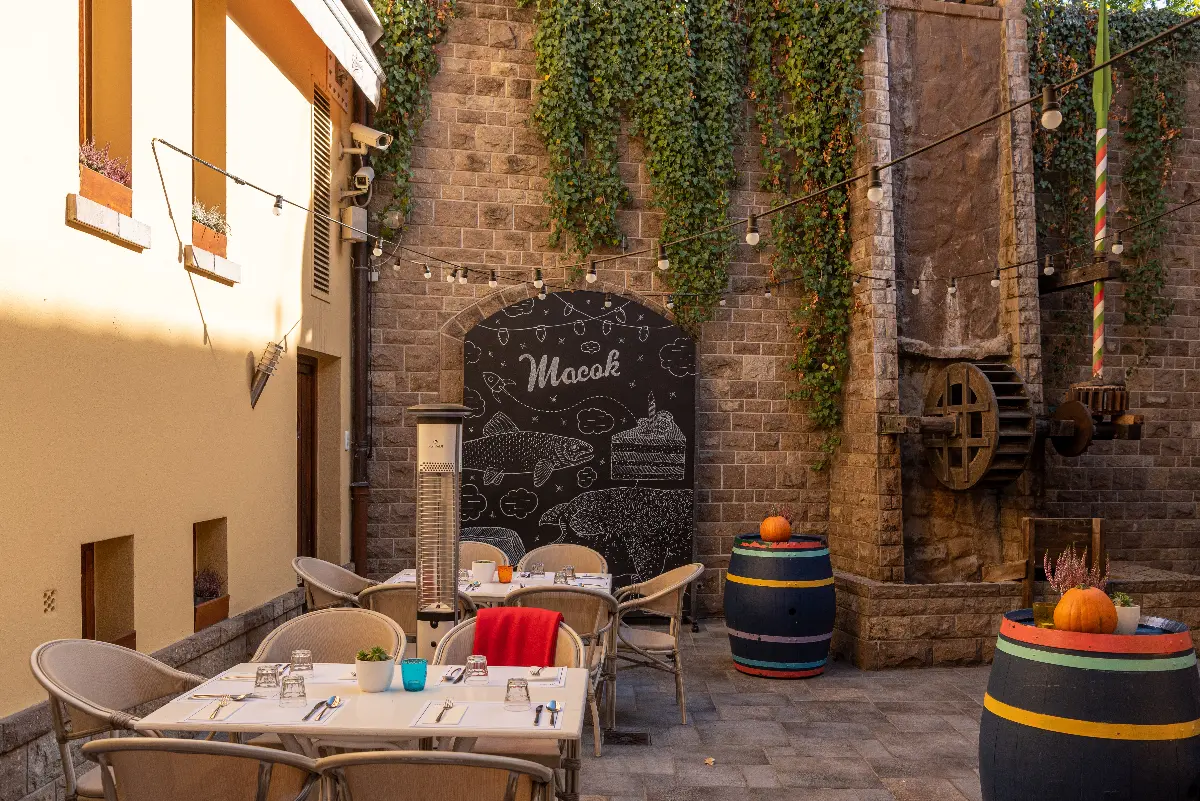
Turkish heritage
With its 40-metre height and narrow spiral staircase, the Minaret is a popular tourist attraction: from the top there is a stunning panorama of the town. Another monument of the Ottoman era is the Turkish Bath, built by Arnaut Pasha between 1610 and 1617. Today, the original gold-lined Turkish bath is part of a large beach complex, complemented by five additional pools, several types of saunas, and a steam and traditional Turkish bath.

Coffee and other delicacies
Not far from the Turkish Bath, you can find Kávésdoboz Coffee Bar & Deli, which, according to its motto, offers “the little joys of life”. Whether you want to have a quick snack or have a leisurely brunch, it is worth stopping by for breakfast, the fragrant element of which can be a speciality drink made from coffees roasted in Eger. On the shelves of the delicatessen you will find 90 percent Hungarian products and great souvenirs. Another gem is Fázis Koszt&Kávé, which is located in an old factory building, outside the centre of the town. It has a thousand faces: a café and breakfast spot, where you can even stay for lunch and, on certain days, for dinner.

The spacious interior is impressive, locals often nestle here, considering it a second office. A great breakfast is served in the heart of the town, at Fúzió, as well: at the time of writing this article, the Zsenge Gourmet Shop and Breakfast from Noszvaj had moved into the wine bar of the Tibor Gál Winery as a result of a collaboration.
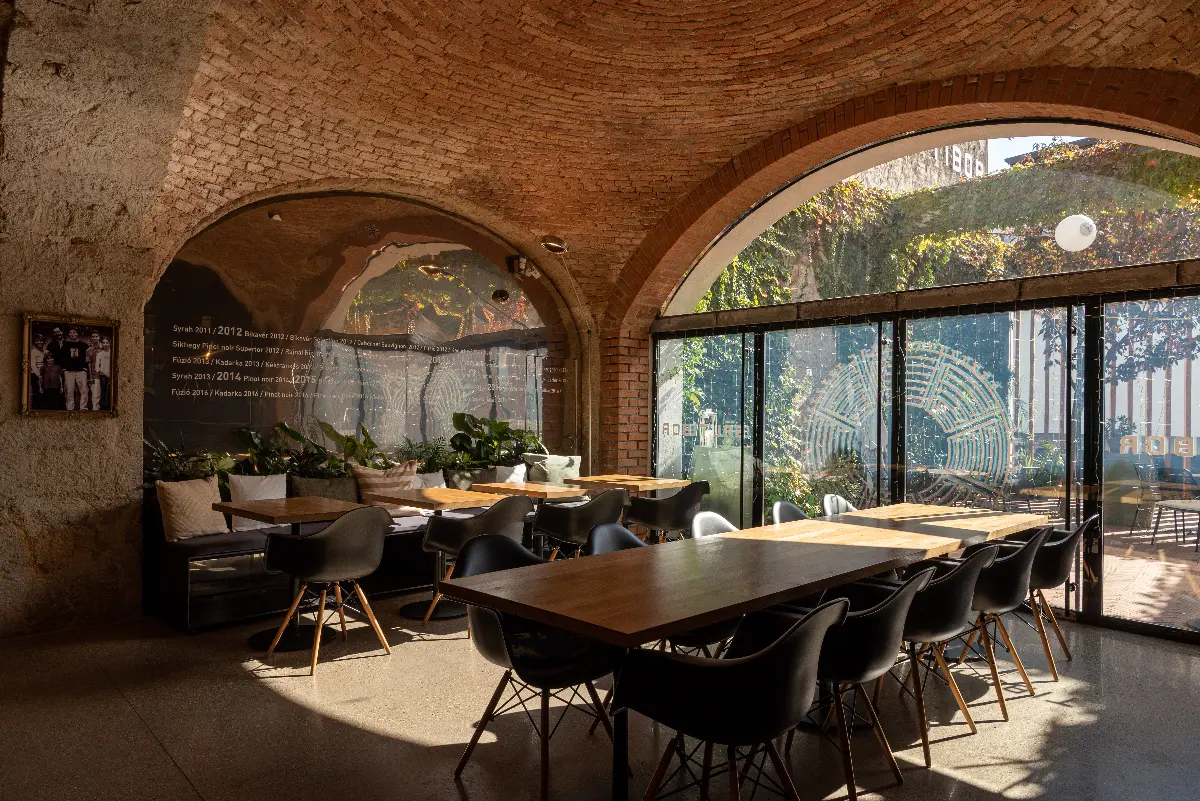
Among other things, you can enjoy delicious Eggs Benedict and French toast here, under 250-year-old brick arches. In the evenings, Fúzió is more of a wine bar, and in fine weather you can sip fine wines on the terrace and enjoy a tasty snack in a Mediterranean atmosphere.
More wine
Eger, the seat of Heves County, lies between the gently rising volcanic hills of the Mátra. Nature has blessed the region with ideal conditions for winemaking. An extensive network of cellars extending deep into the earth preserves the region's famous wines, Egri Bikavér, Egri Csillag and Egri Leányka. When the Turks occupied Eger, the inhabitants moved to the valley and took refuge in caves dug into the wall. Later, these were transformed into wine cellars. Today, there are more than 200 such cellars in the southwestern part of Eger, many of them also hosting guests, tempting visitors with wine and food. These rows of cellars form the Szépasszonyvölgy, where huge parties are held during the harvest.
More valleys
There is a saying that wine tastes better where it is born. So it is worth going on a cellar tour! You do not have to wander far, just to the border of the town, and you will find (at first, probably with some GPS help) the Bolyki Winery and Vineyard. Wines of Jani Bolyki tell (also) about the Ördöngős Nyúl, and here, next to the huge rock wall, the cool-labelled bottles almost come to life. In addition to (or instead of) wine tasting, you can also get a heavenly, thin-crust pizza. It is worth checking the winery's event calendar, there are great live music concerts in the repertoire.
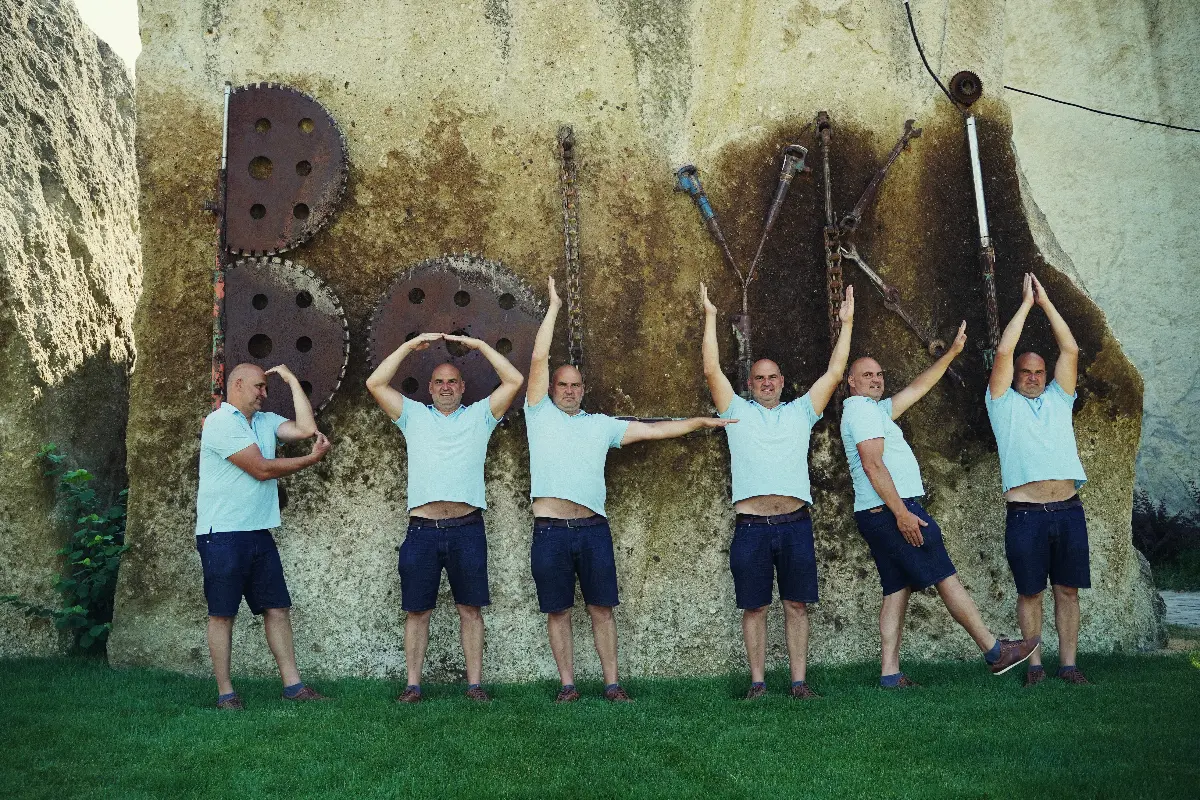
If you continue from the "Valley", head towards the Szeszfőzde Road, to Almagyar hill! Here, on one of the most beautiful vineyards in Eger, you will find the Wine-Grill Terrace and Bungalows of Doc Csernus, the famous psychiatrist and writer. The terrace operates as a restaurant on weekends, and you can even retreat to the “minimum in style, maximum in comfort” huts hidden here and there among the vines for a romantic getaway, booked well in advance. If you spend the night here, you can also splash around in the pool, if you feel like it and the weather allows.
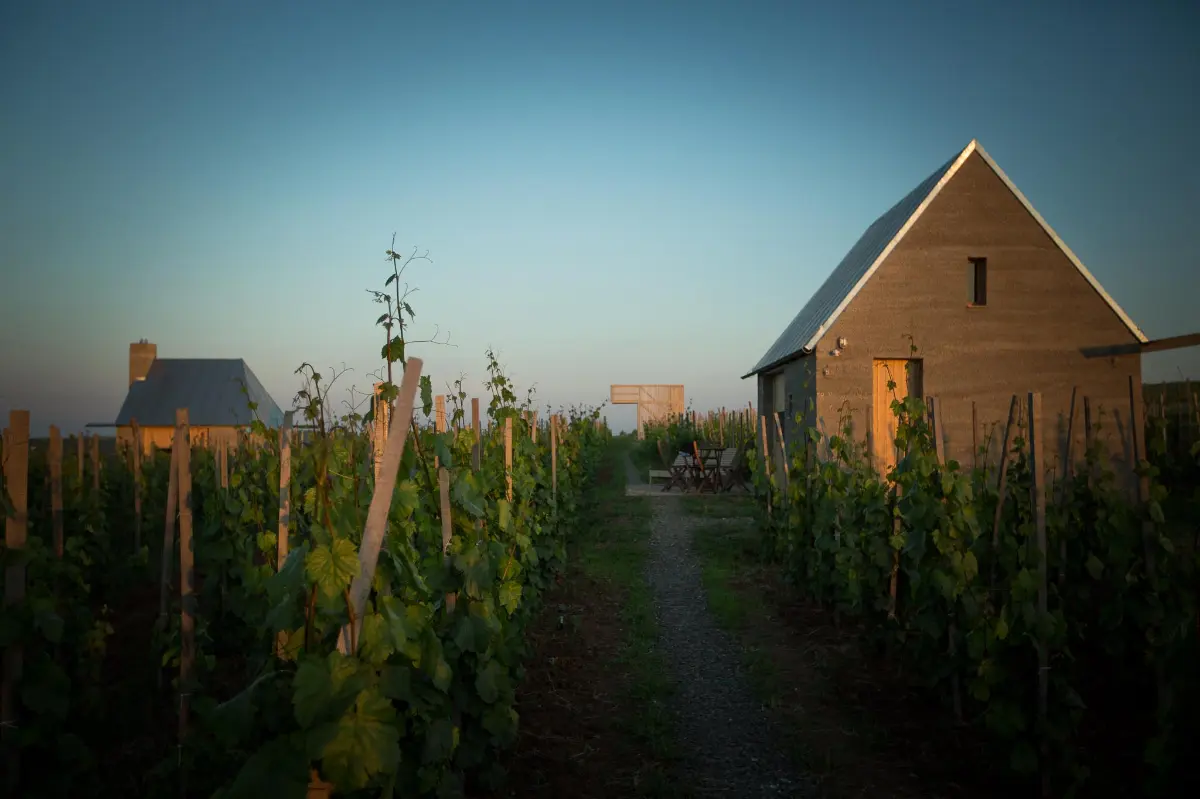
Rocks with a mysterious past: Beehive stones
You can have a very special, almost mystical experience if you set out to see beehive stones. You can do this in several places around Eger, namely in Bükkalja: a total of 82 beehive stones, i.e. niches carved into the sides of rhyolite tuff stone towers, are recorded at 41 sites, which are the imprints of violent volcanic activity. The original function of these extraordinary rock forms is still shrouded in mystery. Some say they were used for burial purposes or as a place of sacrifice, others assume that they were related to beekeeping, but their role as idol-holder is not excluded either. You can discover these cultural and historical treasures near Síkhegy, on the Nyerges Hill and the Mész Hill, as well as in the Kaptár Valley near Szomolya, and also around Cserépváralja. (We recommend that you wear comfortable shoes when embarking on this adventure.)
Further in the area
If you would like to take a break and reflect on what you have seen over a good coffee or a pleasant lunch, you should visit another popular restaurant of Dr. Imre Csernus, the Csendülő! Many say that the white and blue colours of the restaurant and guest-house in Noszvaj evoke Greece, it is a fact that the Mediterranean atmosphere is easily felt.
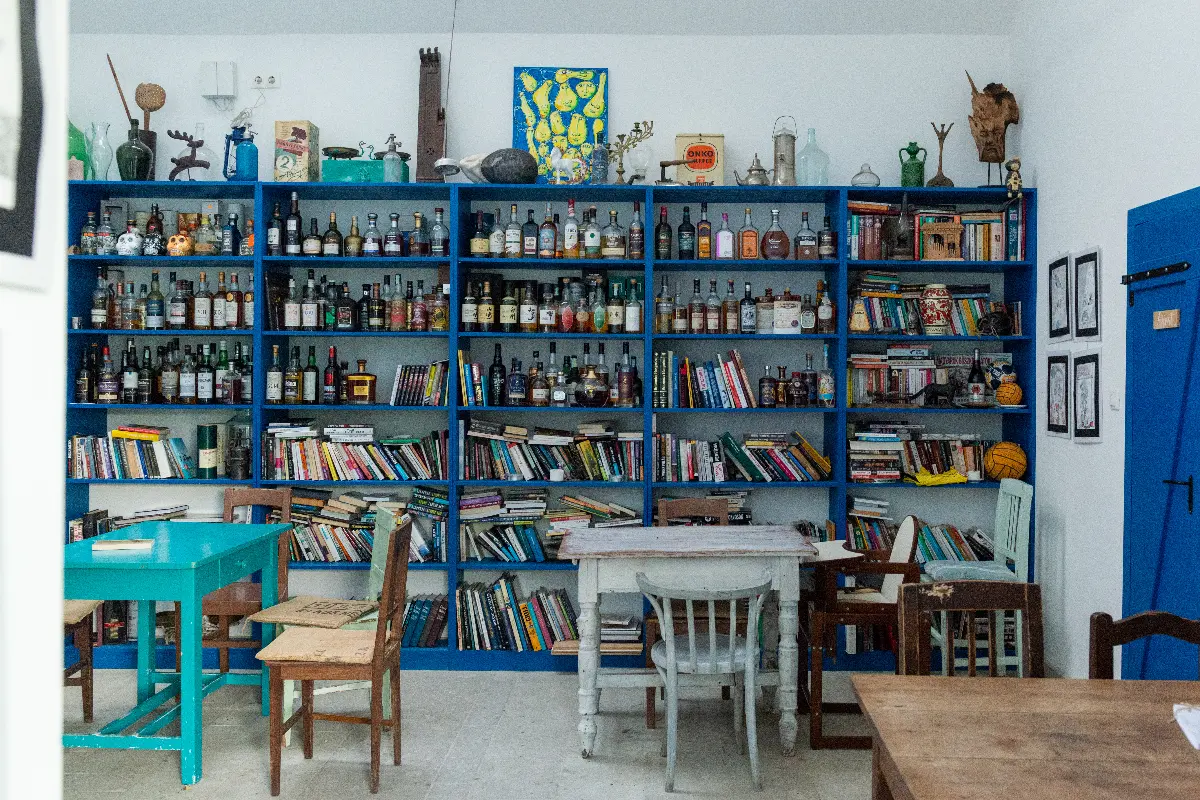
Another popular restaurant in Noszvaj is the Nomád Hotel & Glamping, a founding member of the Stylish Rural Restaurant Association (SVÉT). Its restaurant is the Trakta, where in addition to reinterpreted Hungarian cuisine, you can also find some international specialities on the menu. In nice weather, you can also have a snack on the terrace, listening to the chirping of birds in the idyll of the forest edge.
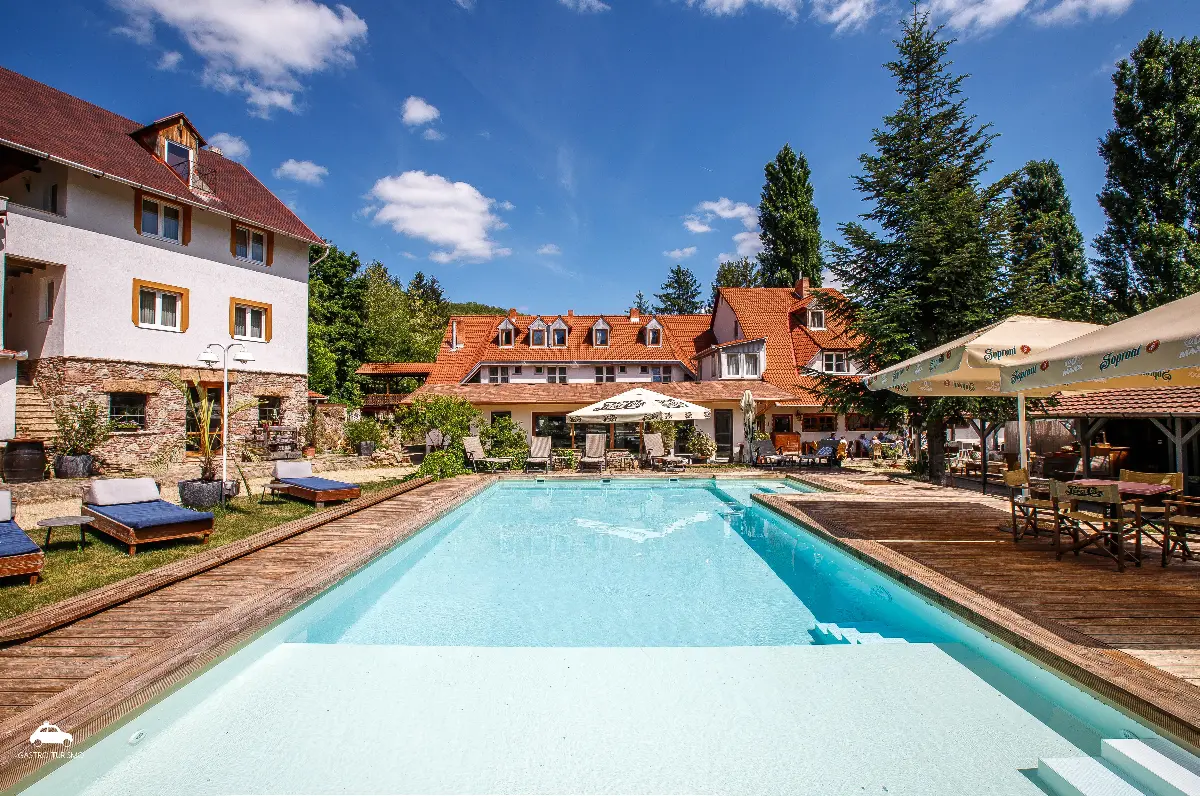
You can drift away full and refreshed, and your next stop could be Szilvásvárad, located 31 kilometres from Eger, on the western side of the Bükk Mountains. The landscape, dotted with castles and churches, is like a fairy tale, and here you can also find one of the most beautiful horse breeding colonies in Europe, the aim of which is to preserve the oldest cultural horse breed of the old continent, the Lipizzaner breed. The breed history museum has been established in one of the rooms of the count's stables, built in 1860, where you can see the history of the Lipizzaner horse, the tools and equipment of equestrian life and coach-driving, and its sporting achievements. You can also take part in a carriage tour of the stud farm!
Next is one of the most impressive valleys in the Bükk, where the landscape is breathtaking: the main jewel of the Szalajka Valley is the fast-flowing Szalajka, on which several dams have been built along a stretch of only four kilometres. In the waters here, mainly trout are fished. You can also taste this noble fish in seasonally open catering establishments, such as the Sáfrány Trout Farm, where you can enjoy the smoked delicacy in the open air.
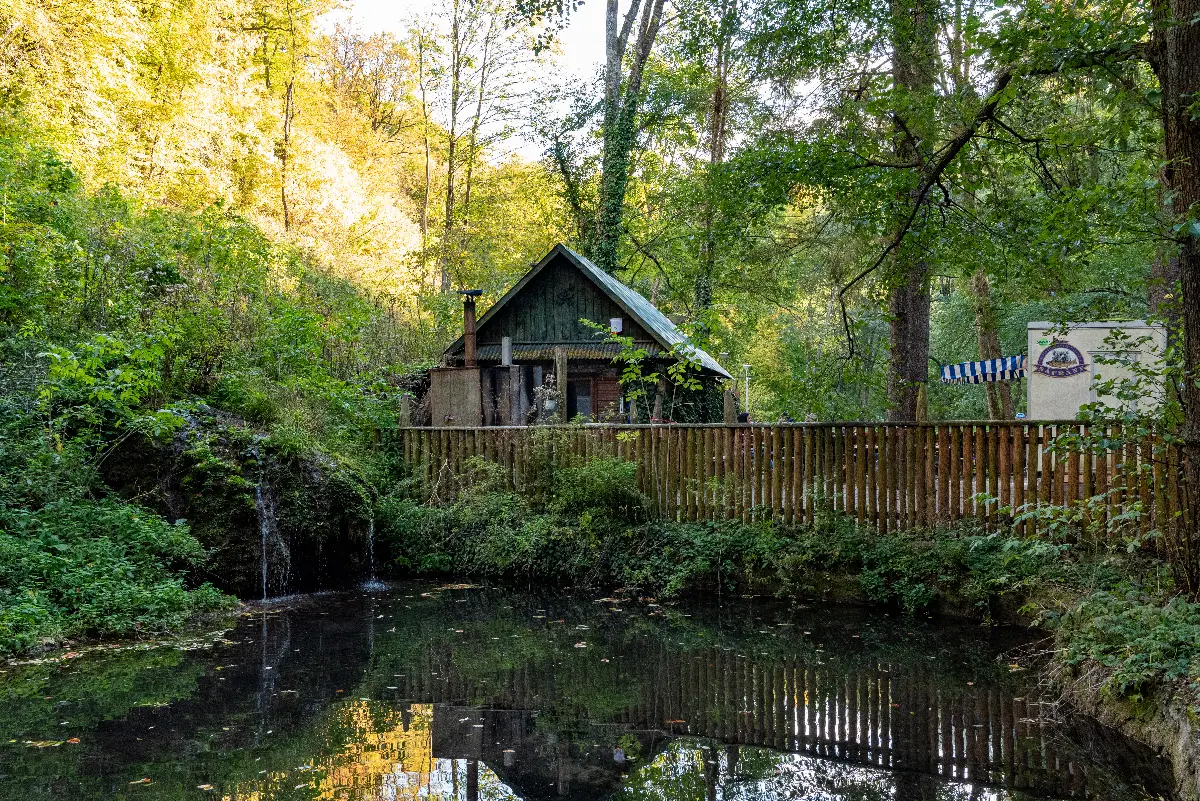
In summer, you can also take a tour of the countryside by light railway. The Fátyol Waterfall in the Bükk National Park is also a beautiful natural phenomenon, so definitely take a trip there! And if you can, visit the Istállóskő Cave, where cave drawings have also been discovered! Devote several days, but at least a long weekend, to discovering the treasures of the area, the ones listed here are just a slice of the attractions.
